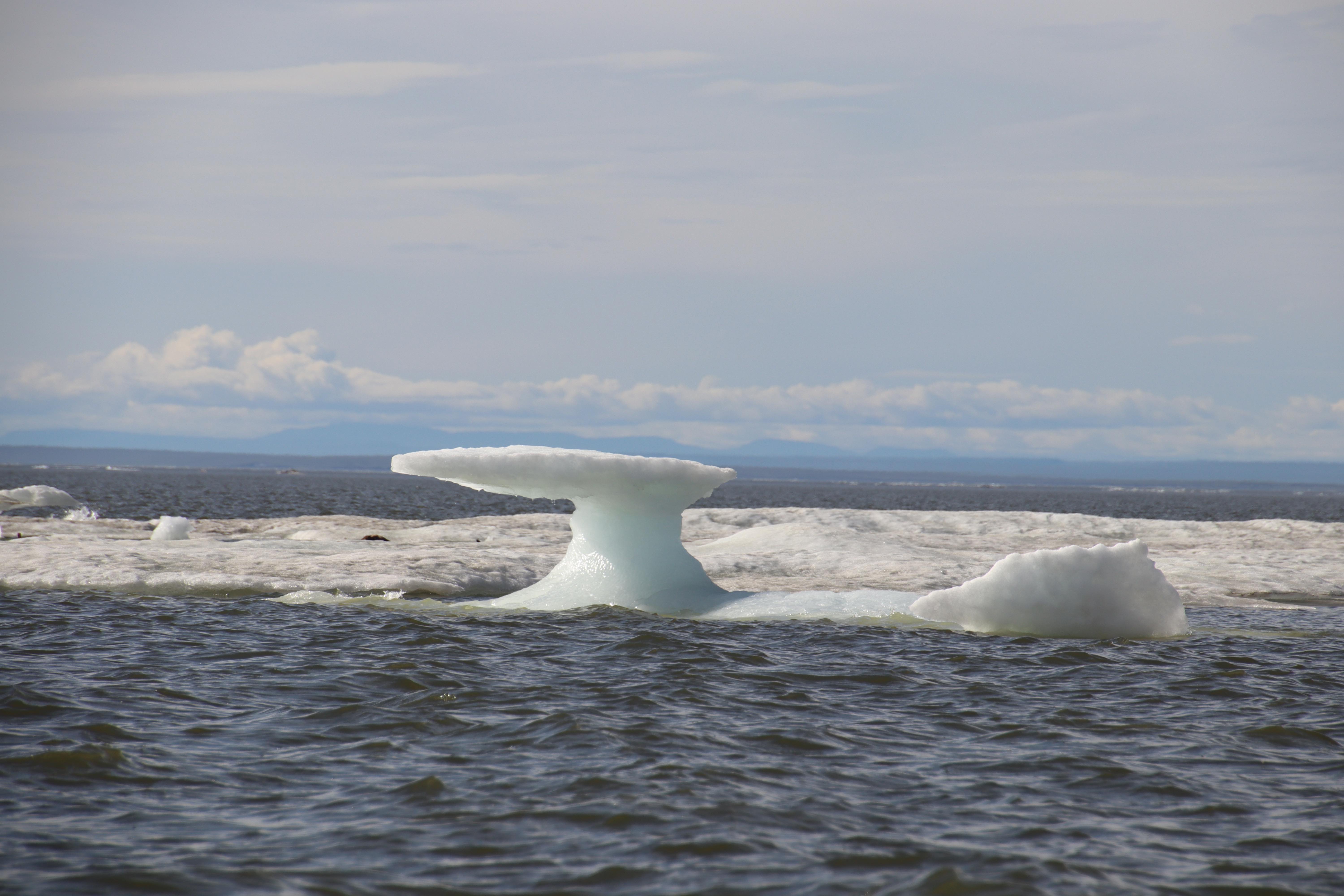The two most important greenhouse gases released by humans are carbon dioxide and methane. Permafrost can also release carbon dioxide and methane. When it thaws, any plant or animal remains in it also thaw and start to rot, releasing greenhouse gases. So when permafrost is warmed, it can cause even more warming – a vicious cycle.
Permafrost exists beneath much of the Arctic and is warming. But permafrost also exists beneath the ocean, where it is also warming. A modelling study by Nunataryuk's Frederieke Miesner, Paul Overduin and Sebastian Westermann published in Nature Scientific Reports, makes a first estimate of how much carbon has accumulated in permafrost beneath the ocean and of how much of it may have decomposed.
The study combines results from a computer model of permafrost and sediment accumulation with what we know about how much carbon is stored in sediments, and about how quickly microbes digest this material. Combining these different factors, the study found that there is more carbon in permafrost beneath the ocean than on land (about twice as much).
However, the study also shows that the carbon in subsea permafrost is not very easy for microbes to digest. It’s therefore not likely to produce a lot of greenhouse gas even if it does thaw out completely. Since permafrost beneath the ocean thaws slowly, it’s even less likely. However, there is a chance that large amounts of greenhouse gas, particularly methane, have accumulated in and beneath permafrost below the ocean. It would be good to learn more about how much there is and about how good the permafrost is at holding it in place.
Read the full study at Nature Scientific Reports here.
Photo© Caroline Weber



